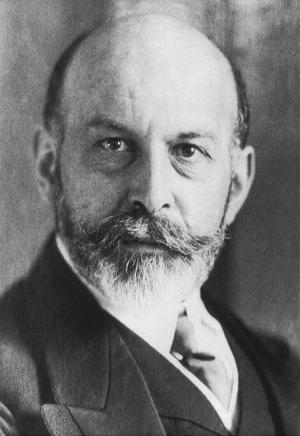Hermann Muthesius was a German architect. From 1896 to 1903 he lived in England, because of this he was influenced by the ideas of William Morris. In Germany, he became one of the main representatives of the Jugendstil, a direction characterized by stylized forms. He realized important buildings and many houses. But more important were his writings. And he founded in 1907 at the Deutsche Werkbund.
Main buildings
Bernhard home in Wilmersdorf, Berlin (1906).
Cramer house in Zehlendorf, Berlin (1913)
Funk station Nauen (1917-1919).
Key publications
Stilarchitektur und Baukunst (1902)
Das englische Haus (1904)
Who Baue ich mein Haus (1915)
Kleinhuis und Kleinsiedlung (1920)
Main buildings
Bernhard home in Wilmersdorf, Berlin (1906).
Cramer house in Zehlendorf, Berlin (1913)
Funk station Nauen (1917-1919).
Key publications
Stilarchitektur und Baukunst (1902)
Das englische Haus (1904)
Who Baue ich mein Haus (1915)
Kleinhuis und Kleinsiedlung (1920)

